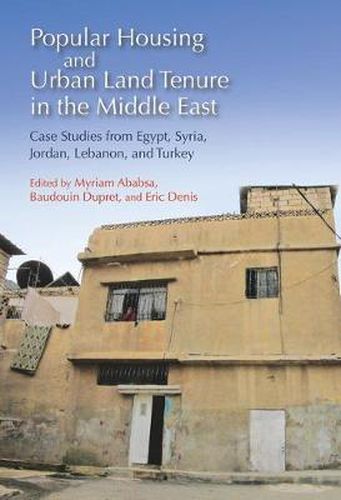Readings Newsletter
Become a Readings Member to make your shopping experience even easier.
Sign in or sign up for free!
You’re not far away from qualifying for FREE standard shipping within Australia
You’ve qualified for FREE standard shipping within Australia
The cart is loading…






Irregular or illegal housing constitutes the ordinary condition of popular urban housing in the Middle East. Considering the conditions of daily practices related to land and tenure mobilization and of housing, neighborhood shaping, transactions, and conflict resolution, this book offers a new reading of government action in the cities of Amman, Beirut, Damascus, Istanbul, and Cairo, focusing on the participation of ordinary citizens and their interactions with state apparatus specifically located within the urban space. The book adopts a praxeological approach to law that describes how inhabitants define and exercise their legality in practice and daily routines. The ambition of the volume is to restore the continuum in the consolidation, building after building, of the popular neighborhoods of the cities under study, while demonstrating the closely-knit social relationships and other forms of community bonding.
$9.00 standard shipping within Australia
FREE standard shipping within Australia for orders over $100.00
Express & International shipping calculated at checkout
Irregular or illegal housing constitutes the ordinary condition of popular urban housing in the Middle East. Considering the conditions of daily practices related to land and tenure mobilization and of housing, neighborhood shaping, transactions, and conflict resolution, this book offers a new reading of government action in the cities of Amman, Beirut, Damascus, Istanbul, and Cairo, focusing on the participation of ordinary citizens and their interactions with state apparatus specifically located within the urban space. The book adopts a praxeological approach to law that describes how inhabitants define and exercise their legality in practice and daily routines. The ambition of the volume is to restore the continuum in the consolidation, building after building, of the popular neighborhoods of the cities under study, while demonstrating the closely-knit social relationships and other forms of community bonding.